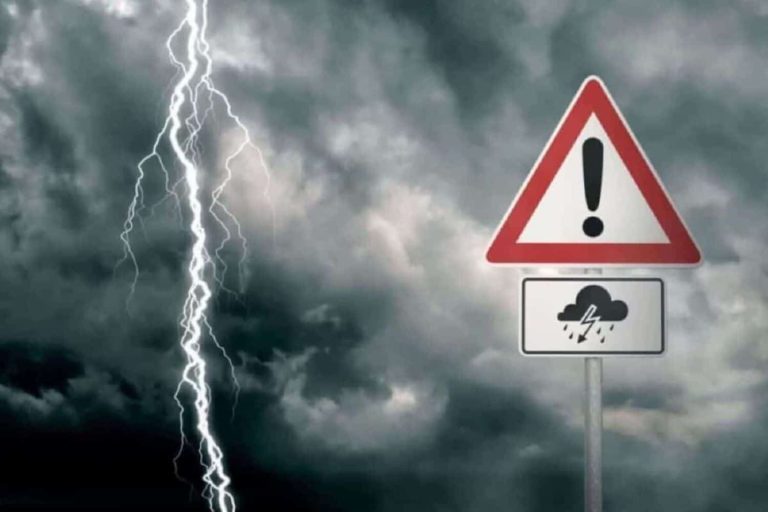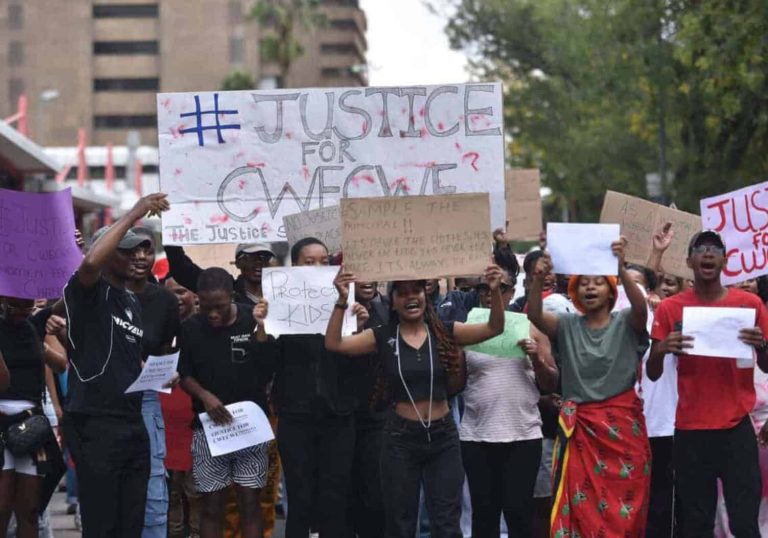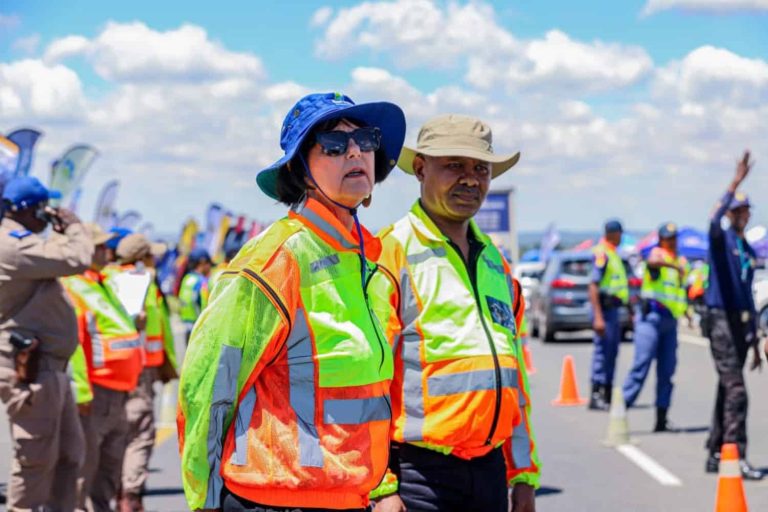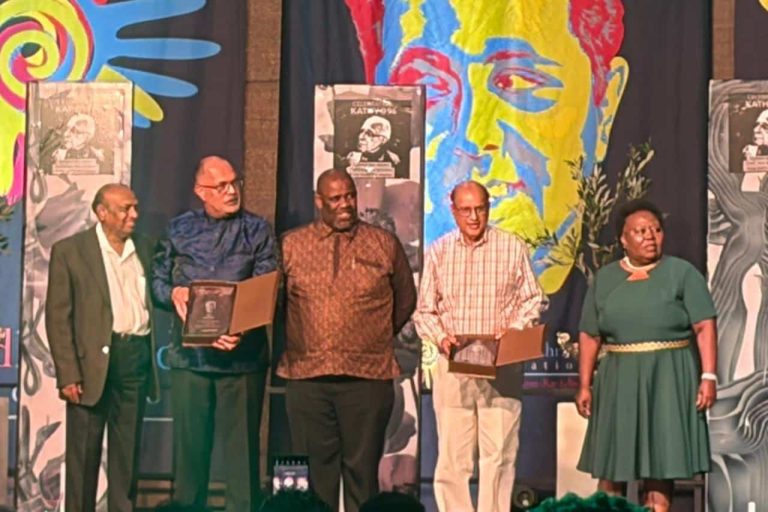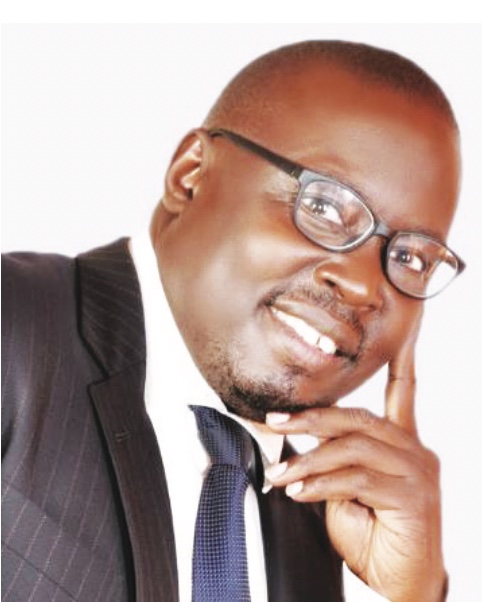
Screenshot

When President Museveni recently declared that he has “done a lot” for the people of Busoga, citing among other things the supposed release of prominent Basoga such as Prince William Wilberforce Nadiope II, Shaban Nkutu, and Balunywa Senior from prison, one is compelled to interrogate this framing.
At surface level, it sounds like generosity. Yet upon closer examination, it collapses into historical distortion and a shrinking of Busoga’s destiny into anecdotes of elite personalities rather than measurable social and economic transformation.
Check this out; Shaban was martyred long before the NRM came to power, Prince Nadiope II died eight years before Museveni captured power while there is little verifiable evidence to tie Balunywa Senior’s freedom to Museveni’s direct intervention during Obote II and Amin’s years.
Thus, what Museveni presents as benevolence towards Busoga is not historical fact but political rhetoric—a reframing of the past to position himself as Busoga’s liberator.
THE PROBLEM OF PERSONALIZING DEVELOPMENT
Even if the historical record were accurate, the logic itself is flawed. The release of individuals—however prominent—cannot substitute for the emancipation of an entire people.
Sugarcane farmers suffer without viable markets. Youth unemployment festers like an untreated wound. Health facilities are under-equipped, and schools in Kamuli, Buyende, or Mayuge crumble under neglect.
Poverty surveys consistently rank Busoga among the poorest regions in Uganda. To elevate the release of a handful of political figures as proof of development is like showing a starving family a portrait of their ancestor and calling it food.
The irony is sharper when one considers the present. Under Museveni’s own government, another son of Busoga—Prof Waswa Balunywa, the long-serving principal of Makerere University Business School— has recently found himself remanded in prison over allegations many regard as disproportionate and humiliating.
The pattern emerges clearly: one son remembered as released, another remembered as killed, another remanded under the same government that claims to “protect Busoga.”
In this theatre of selective benevolence, the people remain spectators, while their lived realities of poverty and neglect remain unchanged.
THE HISTORICAL BENCHMARK: OBOTE AND AMIN
It is easy for Museveni to dismiss past leaders as “bad leadership.” Indeed, Obote and Amin had their undeniable tragedies. Yet history also records that under them, Busoga enjoyed relative economic vitality.
Jinja was once Uganda’s industrial hub, hosting Nile Breweries, the Uganda Sugar Factory, textile industries, and copper smelting—all of which gave employment to thousands. The Owen Falls dam stood as a proud symbol of energy and modernity.
Today, Busoga is a shell of that past. The factories have collapsed, industries have shrunk, and the youth’s greatest export is their labor, not in factories but in boda boda transport, petty trade, or servitude in the Middle East.
If leadership must be judged, it cannot be on whether a handful of elites were freed from prison. It must be weighed against whether Busoga’s ordinary people are less poor, better educated, healthier, and more prosperous than before.
On that balance, the record is damning. By invoking the supposed release of Busoga’s past leaders, Museveni engages in a politics of dependency. The underlying message is clear: without him, Busoga’s destiny would remain trapped in persecution.
This rhetoric reduces a proud kingdom into a client region, reliant on presidential favors instead of its own agency, resilience, and creativity. But true development is never built on dependency.
It is built on empowerment— systems where justice is not dispensed as a favor, where industries thrive not because of presidential indulgence but because of deliberate policy and investment.
If Museveni must account for his leadership in Busoga, let him do so with facts, not myths. For instance, what structural reforms have ended sugarcane farmer exploitation? Beyond free primary education, what investments have prepared Basoga youth for the Fourth Industrial Revolution?
What interventions have reduced maternal mortality in Kamuli, Buyende, or Bugiri? Why does Busoga remain consistently among the poorest despite nearly four decades of NRM rule?
BUSOGA DESERVES MORE
Busoga is not a pawn on a chessboard where political imprisonments and releases define progress. It is a proud kingdom with a history of intellectuals, industrialists, and cultural resilience.
To reduce it to narratives of selective benevolence is an affront to its dignity. True leadership must rise above personalizing development. It must move from freeing a few men from prison—or claiming credit for deaths and releases that predate the NRM—to freeing an entire people from poverty, dependency, and despair.
As the proverb reminds us: “A tree is judged by its fruit, not its shadow.” Busoga deserves fruits, not shadows.
The author is a law professor
